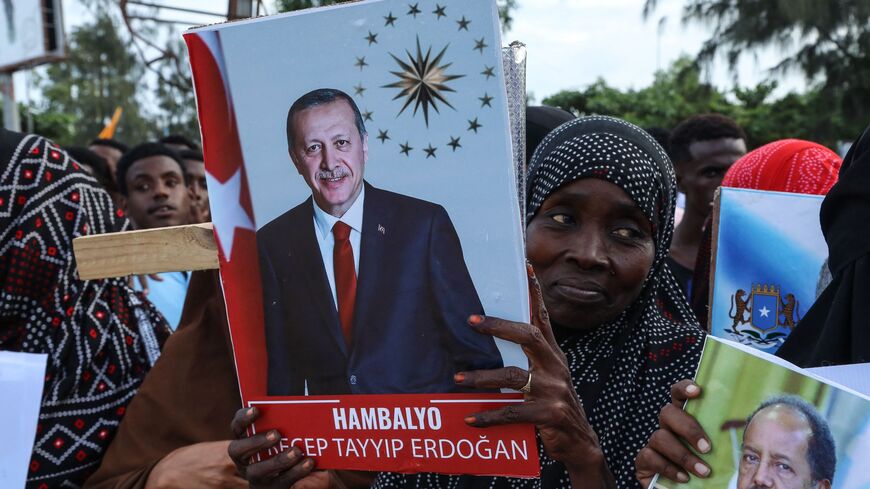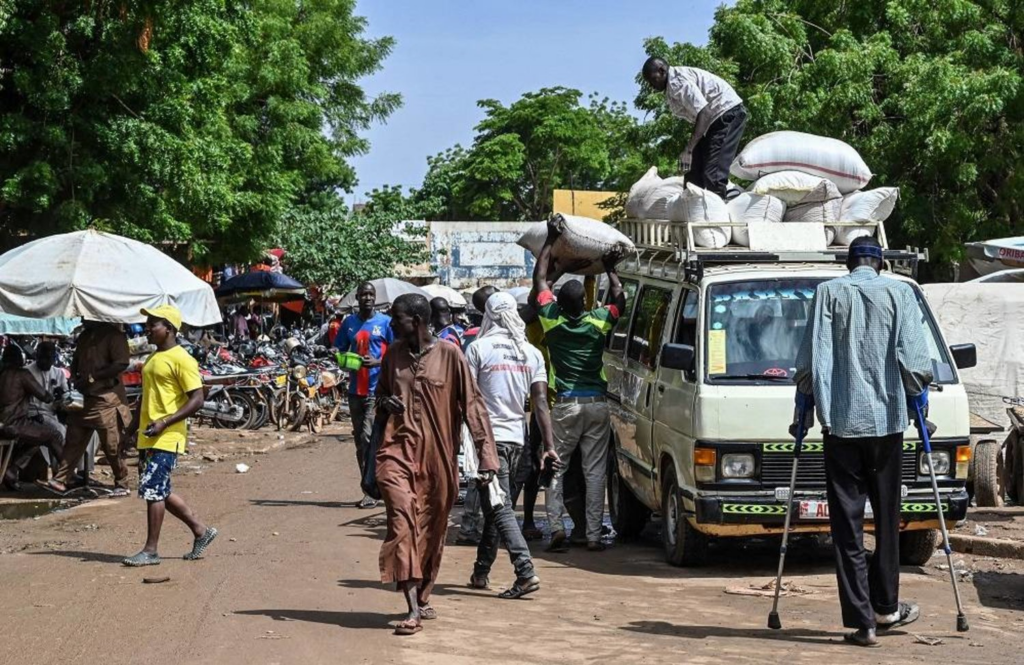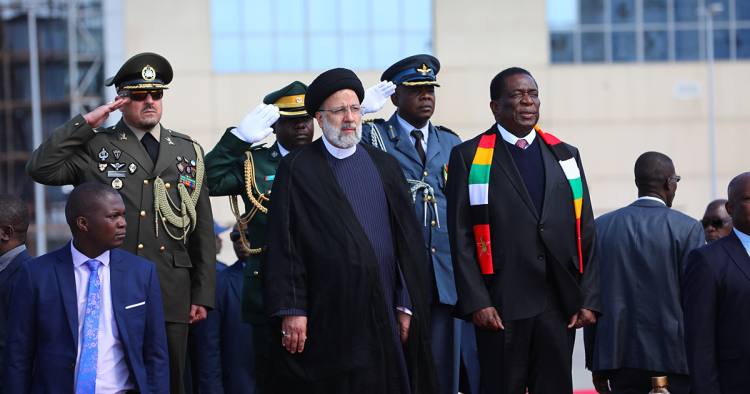Why Turkey’s Erdogan sings the same tune with Russia’s Putin in Africa

Turkey’s efforts to expand its influence in Africa often align with those of Russia, with both Ankara and Moscow holding back from condemning military coups and seeking to capitalize on post-colonial resentments.
A series of military takeovers in West Africa, the latest occurring in Niger last month, reveal the extent to which Turkish and Russian efforts converge in trying to leverage political shifts to the detriment of former colonial powers, chief among them France, and expand their own influence in the region.









